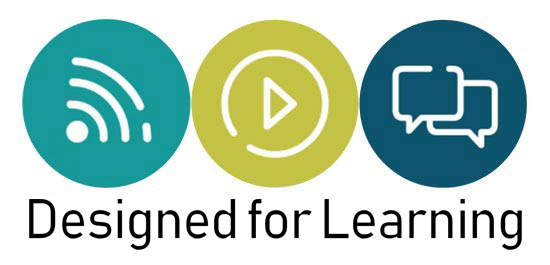16 Mar A Really Simple Learning Design Framework
Developing e-learning courses that aren’t simply page turners isn’t straightforward (guess that’s why us learning designers are still able to make a meagre living). It takes a lot of experience both of learning design and learning technologies combined to create engaging online learning experiences. However, there are some simple rules and methods you can follow to help ensure that your e-learning is more than just a boring old page turner.
In this article I will describe a really simple approach that I first came across in ‘E-Learning by Design‘ by William Horton and which I use as a core part of my ‘Instructional Design for e-Learning‘ course. It’s called the ‘Absorb/Do/Connect’ approach.
The idea is that for each topic in your e-learning course you create three elements:
Absorb
An absorb element where you introduce the topic and provide a knowledge primer. In this phase the learner is absorbing new knowledge (or possibly refreshing existing knowledge). The absorb elements could be following a presentation, reading text, watching video, or exploring a diagram for example.
Do
A do element where the learner then applies that knowledge – usually in an activity. The activity may also require the learner to apply pre-existing knowledge or even to fill in the gaps in what they were given in the absorb activity.
Connect
Finally the connect element links what they have done with their own real world situation. This could be an example from their own organisation or a practical exercise or assignment that links back into the workplace. A job aid could also be used as a connect activity.
Not all topics will require all elements. Simple topics may just need an ‘absorb’ element, others an ‘absorb’ and a ‘do’, and some might skip the ‘absorb’ and drop learners straight into a ‘do’ or even a ‘connect’. It’s also possible to swap the order – a ‘do’ followed by an ‘absorb’ (this follows the age old principle of dropping learners in at the deep end and then following up with feedback).
That’s it. Simple but actually quite effective. And it works whether you are developing conventional SCORM e-learning packages or more flexible learning pathways delivered via an LMS or a VLE like Moodle or Willow’s Pathway platform.
Here’s an example of the approach applied to an online course on fire safety:








https://vavadacasino.populiser.com/
Posted at 03:00h, 15 Marchbookmarked!!, I like your blog!
my webpage: https://vavadacasino.populiser.com/
skapa binance-konto
Posted at 17:12h, 29 MarchCan you be more specific about the content of your article? After reading it, I still have some doubts. Hope you can help me.
http://www.spearboard.com/member.php?u=1185964
Posted at 12:07h, 18 AprilI simply could not ggo away your website prior to suggesting that I actually loved the standard info a person provide to your guests?
Is gonna be back ceaselessly in order to inspect new posts
my blog :: http://www.spearboard.com/member.php?u=1185964